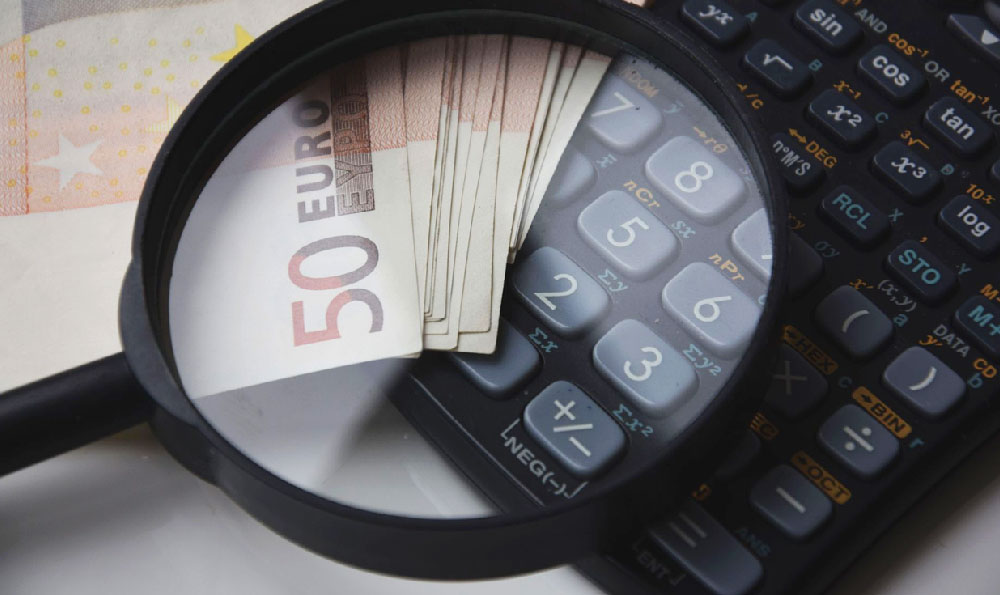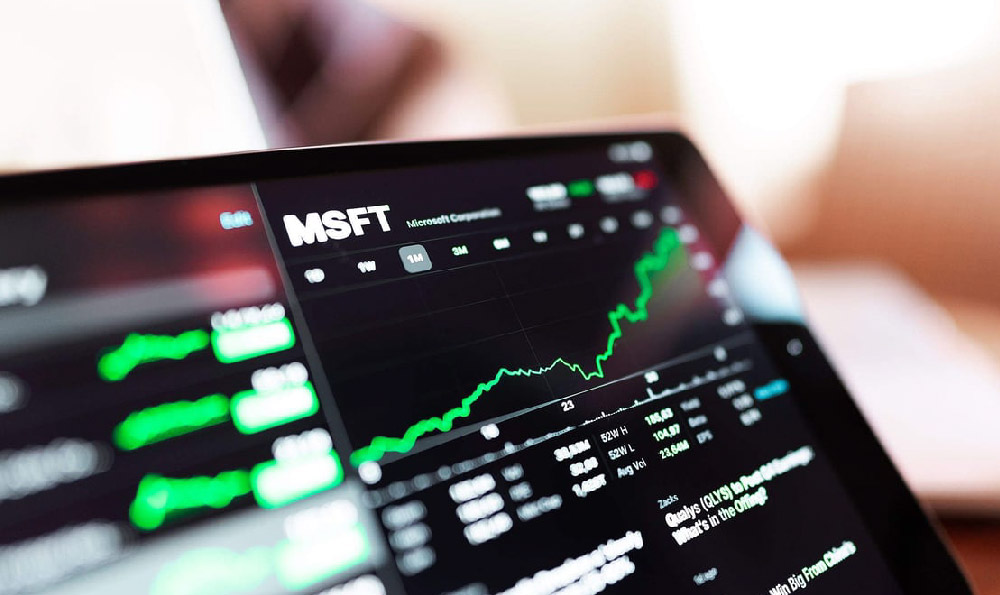
The digital age has democratized music distribution, making Spotify a ubiquitous platform for artists to share their work with a global audience. However, the burning question remains: how much do artists actually earn from Spotify streams, and is it sufficient to sustain a career? The answer, unfortunately, is complex and often disheartening.
Understanding Spotify's payment model is crucial. Spotify doesn't directly pay artists. Instead, it pays rights holders, which are typically record labels, publishers, and distributors. These entities then pay the artists according to their contractual agreements. Spotify calculates royalties based on a "pro rata" system. This means that Spotify pools all its revenue from subscriptions and advertising, then divides it among rights holders based on their share of total streams. This share is then further divided between the record label, the publisher (if applicable), and finally, the artist.
The precise per-stream payout rate varies and is subject to constant fluctuations. Several factors influence the payout rate, including the subscriber's country, subscription type (premium vs. free), and Spotify's overall revenue. Generally, the estimated average payout rate hovers around $0.003 to $0.005 per stream. This figure, while seemingly small, quickly highlights the sheer volume of streams an artist needs to generate to earn a substantial income.

Let's consider a hypothetical scenario. An artist needs to earn $50,000 annually to cover basic living expenses. Using the average payout rate of $0.004 per stream, the artist would need to generate 12.5 million streams per year to reach that income level. Breaking that down, it equates to needing over 1 million streams per month. For many emerging or independent artists, achieving this level of streaming is an immense challenge.
The problem is further compounded by the division of royalties. Typically, an artist signed to a major record label might receive only a fraction of the royalties generated from their music, often as little as 10-20% after the label recoups its initial investment in recording, marketing, and distribution. Independent artists who self-release their music often retain a larger percentage of royalties, but they also bear the responsibility and cost of handling all aspects of their music's production, promotion, and distribution.
The streaming era has undeniably shifted the power dynamic in the music industry. While it has opened doors for independent artists to reach a wider audience, it has also created a system where generating a sustainable income solely from streaming royalties is incredibly difficult. Many artists are finding it increasingly necessary to diversify their income streams to make ends meet.
So, is it enough? For most artists, the answer is a resounding no. Relying solely on Spotify royalties is rarely sufficient to sustain a full-time career. However, Spotify can be a valuable tool for artists as part of a broader strategy. It can be used to build a fanbase, promote music, and drive traffic to other revenue-generating activities.
Diversification is key to financial stability for artists in the modern music landscape. Live performances, merchandise sales, crowdfunding, music licensing, and direct-to-fan platforms are all potential avenues for generating income. Live shows, in particular, can be a significant source of revenue, allowing artists to connect with their fans directly and earn money through ticket sales. Merchandise, such as t-shirts, posters, and vinyl records, can also be a lucrative source of income, especially for artists with a dedicated fanbase.
Furthermore, artists are increasingly leveraging platforms like Patreon, Bandcamp, and Kickstarter to connect with their fans directly and solicit financial support for their projects. These platforms allow artists to offer exclusive content, merchandise, and experiences to their patrons in exchange for a monthly subscription or one-time donation. Music licensing, which involves licensing music for use in films, television shows, commercials, and video games, can also provide a steady stream of income for artists.
The importance of financial literacy cannot be overstated. Artists need to understand the intricacies of the music industry, including royalty structures, copyright law, and contract negotiation. They also need to develop strong financial management skills to effectively manage their income and expenses.
Negotiating favorable contracts with record labels and publishers is also crucial. Artists should seek legal and financial advice before signing any agreements to ensure they are getting a fair deal. They should also be aware of their rights and responsibilities as artists and understand the terms of their contracts.
In conclusion, while Spotify has revolutionized music distribution, it has also created a system where generating a sustainable income solely from streaming royalties is a significant challenge. For most artists, relying solely on Spotify is not enough. To thrive in the modern music landscape, artists need to diversify their income streams, develop strong financial management skills, and advocate for fairer compensation models within the music industry. Spotify, when strategically leveraged as part of a comprehensive business plan, can be a valuable tool, but it should not be viewed as the sole source of income. It's about building a brand, connecting with fans, and exploring multiple revenue streams to achieve long-term financial stability and artistic success. The digital age provides unprecedented opportunities for artists, but navigating the complexities of the industry requires diligence, business acumen, and a proactive approach to financial planning.





